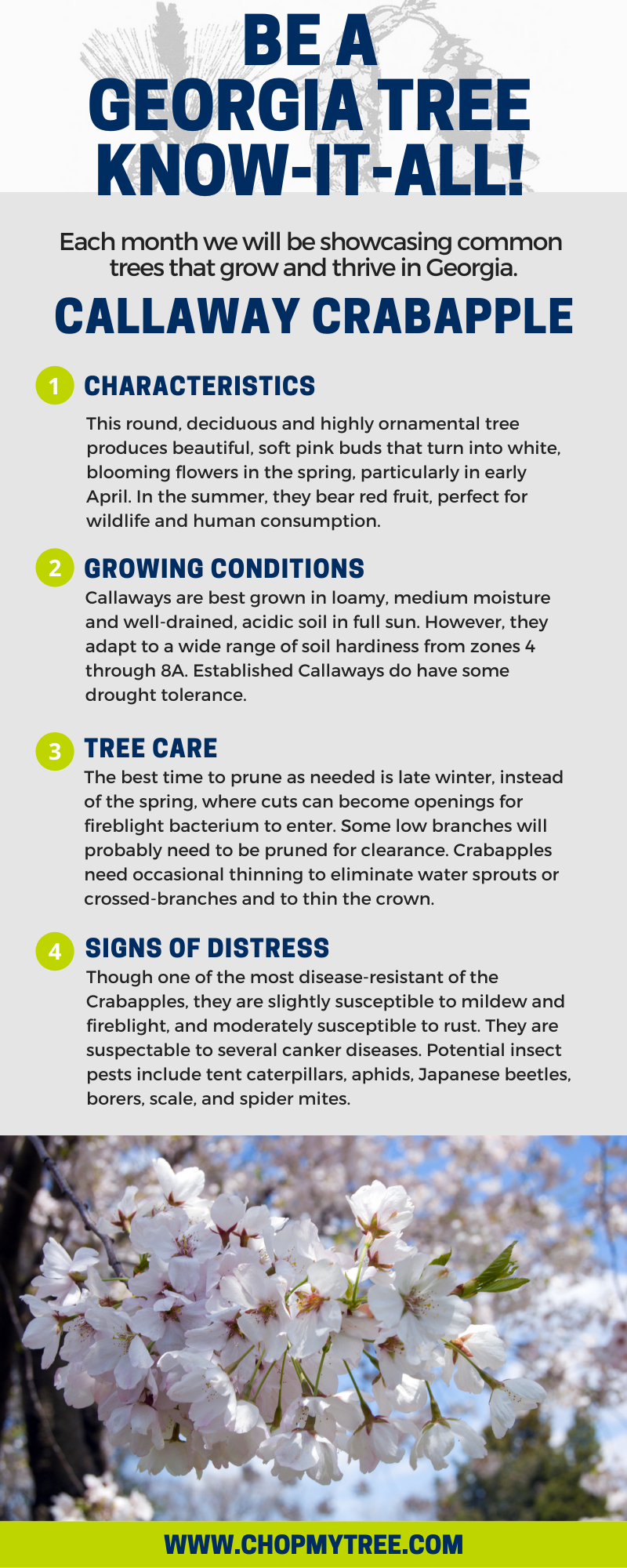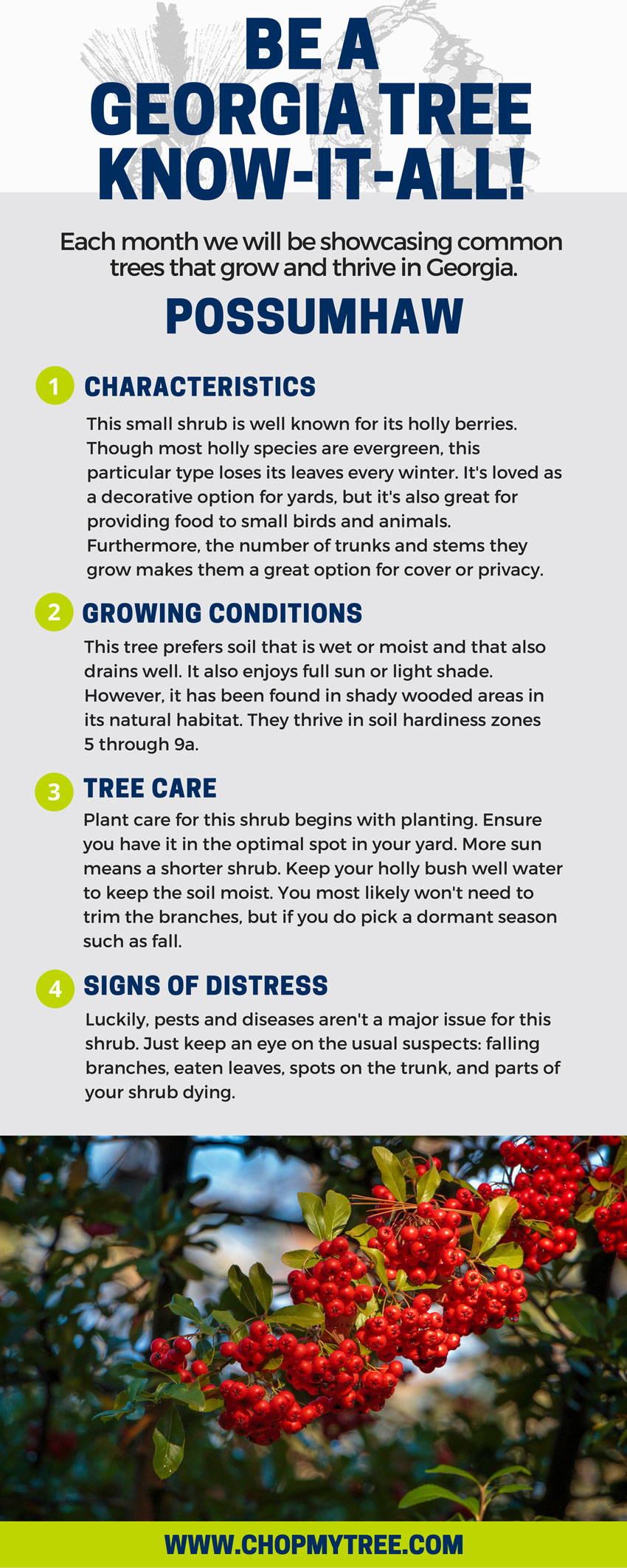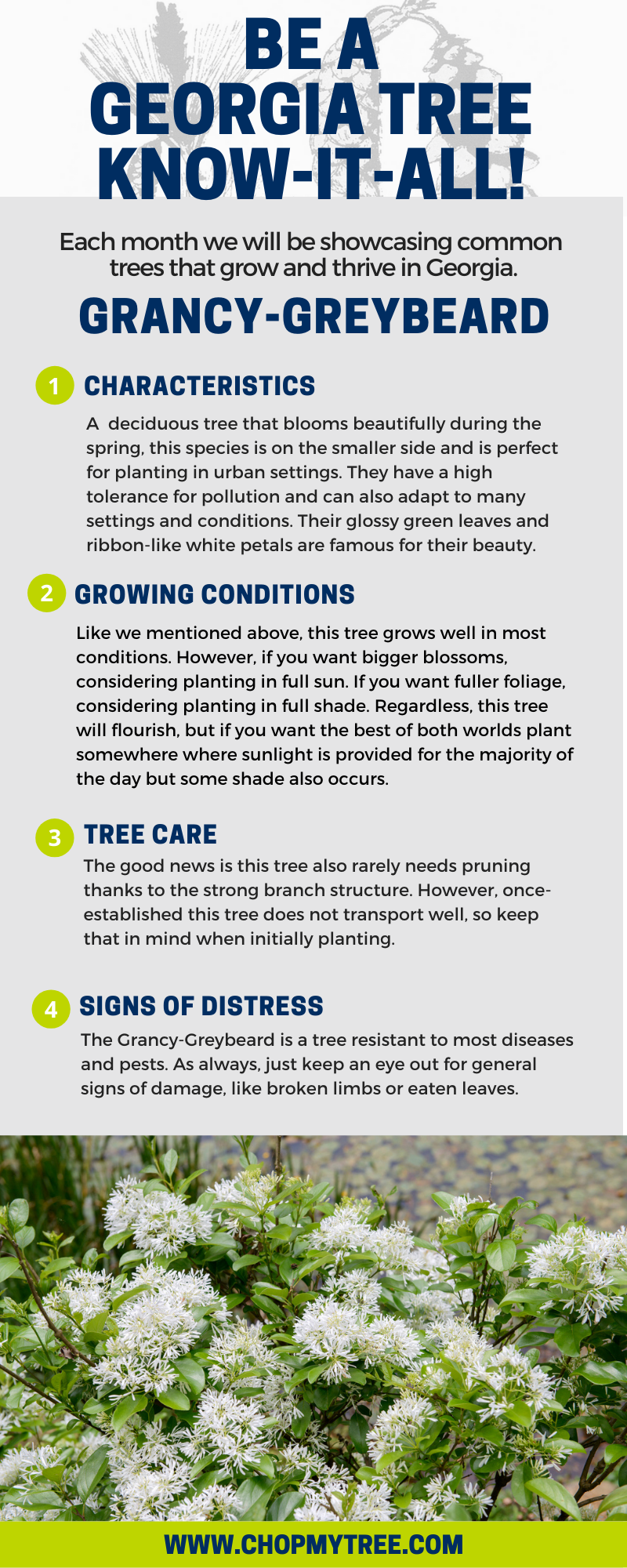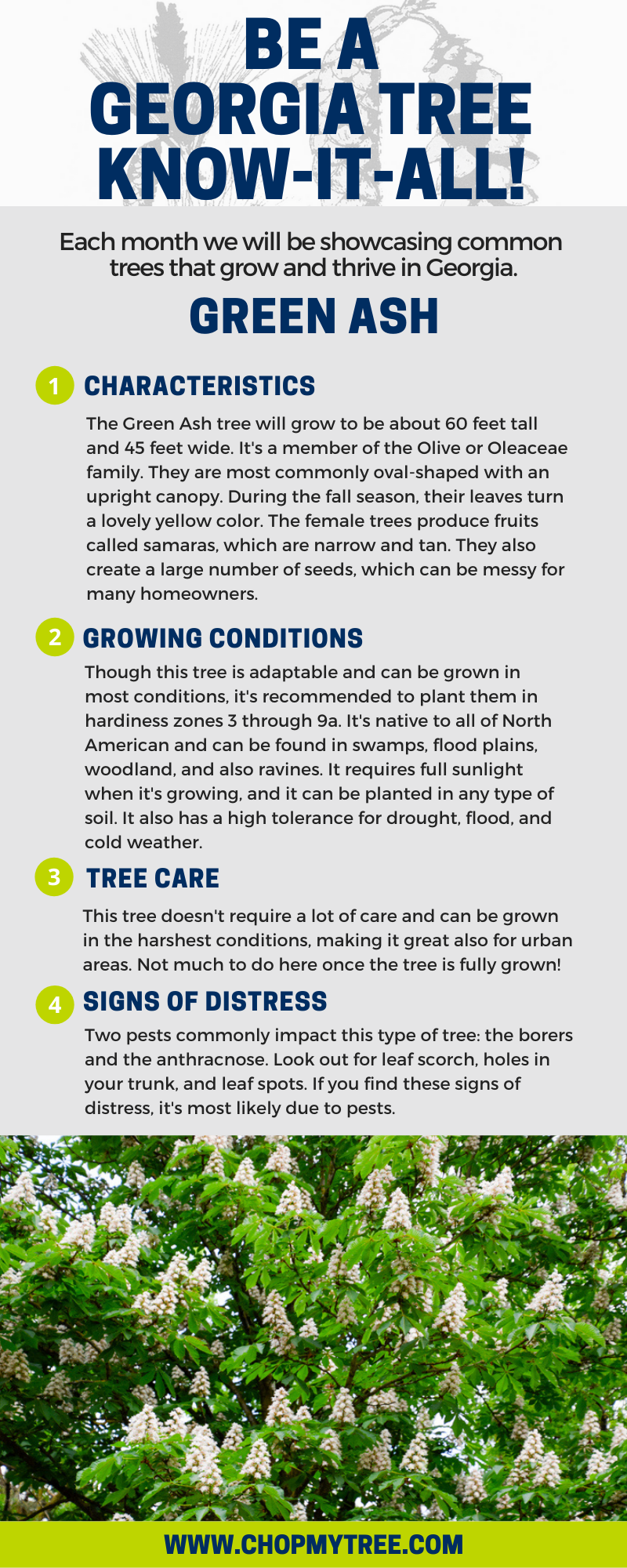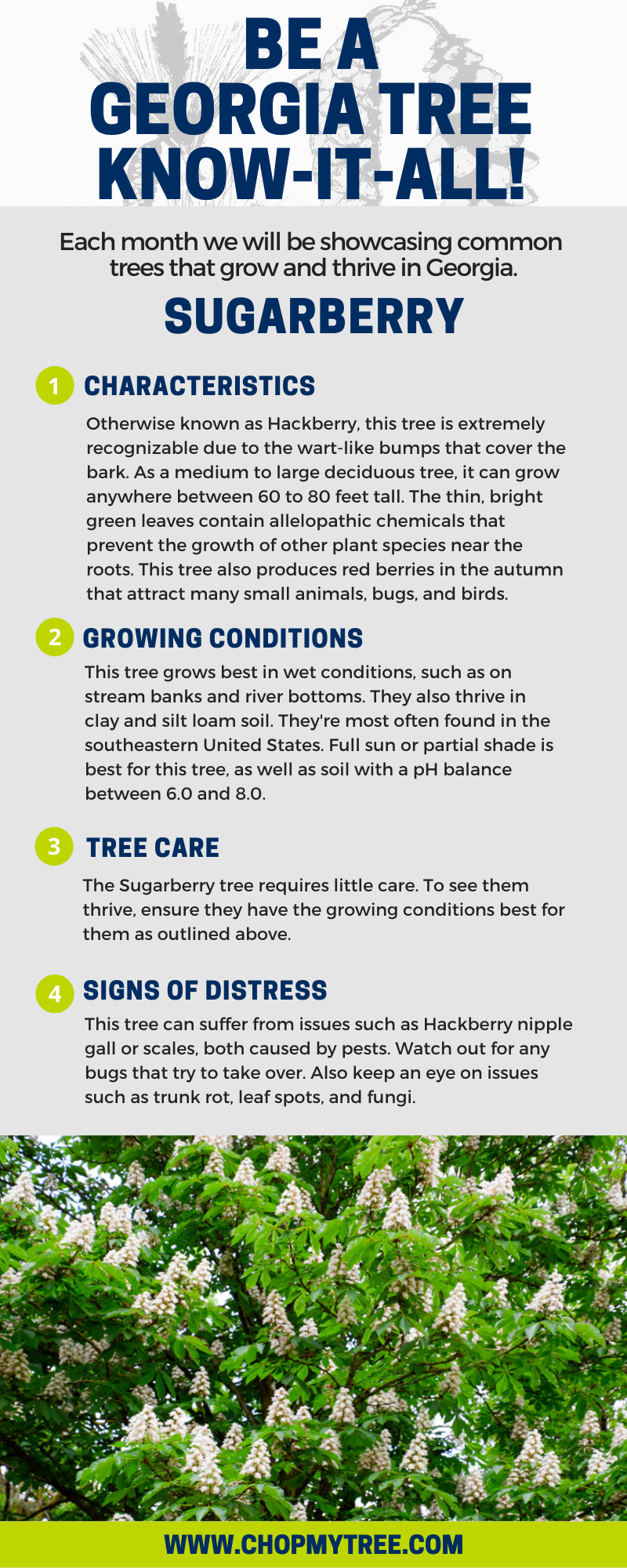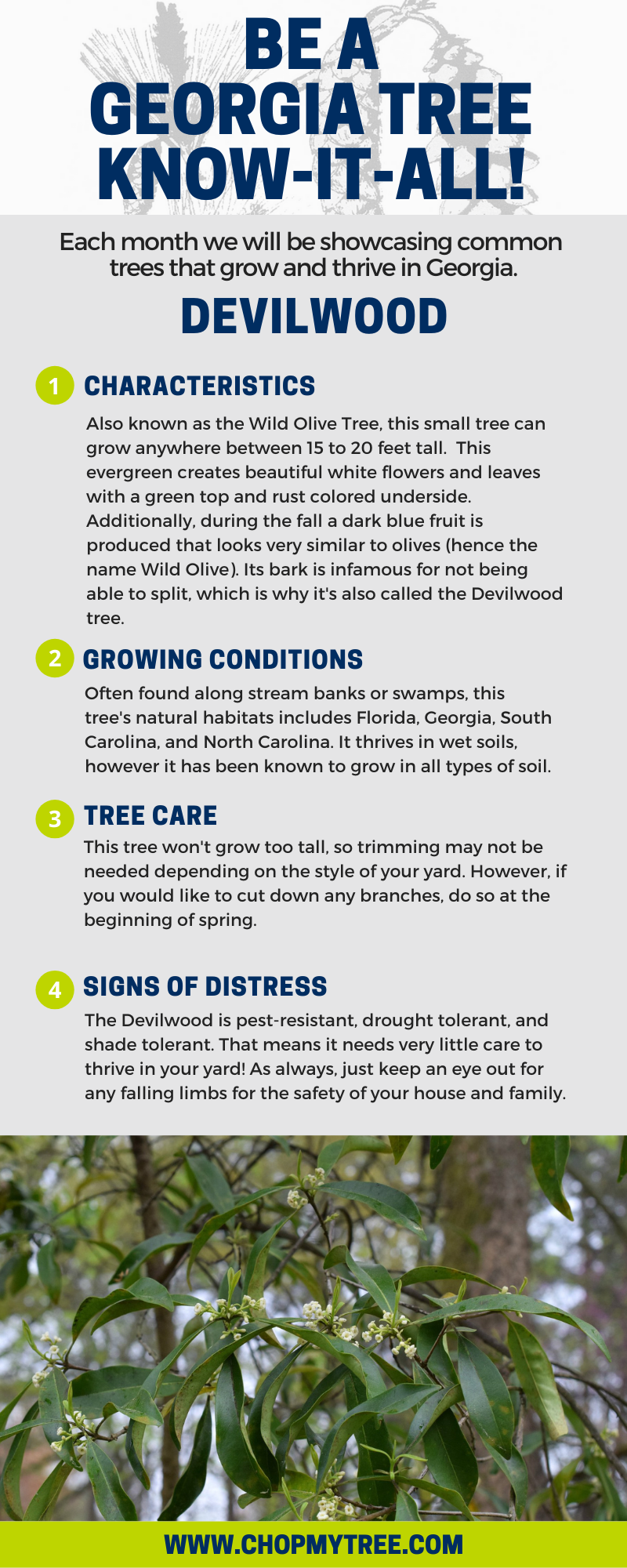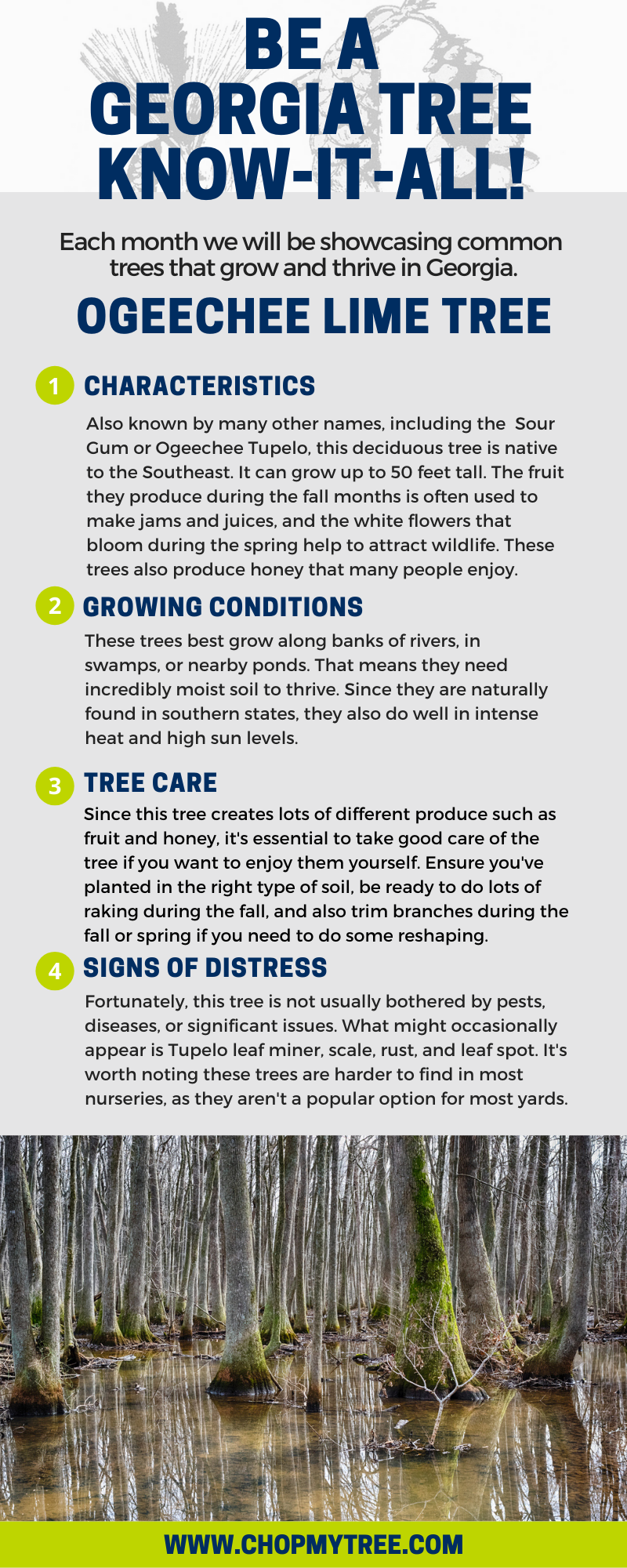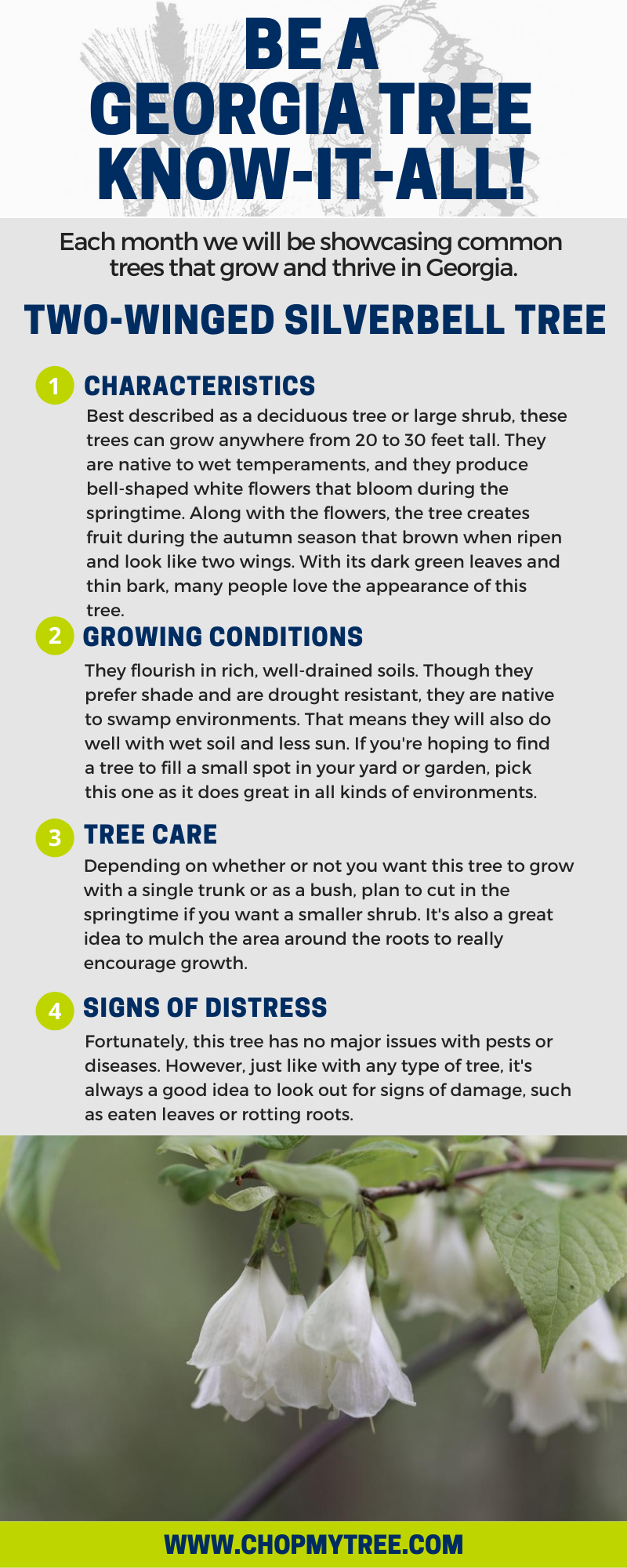Autumn is famous for the gorgeous colors it brings to our trees and foliage. But when the oranges, reds, and yellows fade, we’re left with dead leaves scattered across our yards. While it can be annoying to deal with leaf blowing and raking, we can take comfort in knowing this process is a vital part of a tree’s life cycle.
Have you ever wondered why leaves fall from trees in the fall? We’re explaining the science behind falling leaves and this seasonal phenomenon below!
It’s All in The Leaf’s Design
Deciduous trees are the types of trees that exhibit brightly colored leaves that fall during the Autumn. Their leaves are usually very thin, which means if they stayed on during the winter they would rupture from freezing water in their veins.
When the temperatures start to change with the new season, hormones within the tree are activated. The process called abscission begins. Chlorophyll, the part of the leaf that controls the pigment and also plays a major role in photosynthesis, stops being produced. That’s why green leaves fade into the gorgeous reds, yellows, and oranges we all know and love.
Then, the vessels that provide the leaves with sugars and water close up. A layer of cells called the abscission layer develops. It grows between the leaf stalk and the branch holding it, cutting it off from the tree without creating a wound. Finally, the tree enters its dormancy stage, meaning it’s resting and saving energy until it’s time to grow new leaves in the spring.
Overall, this is an important part of a tree’s life cycle. When leaves fall, it allows the tree to have a fresh start during the spring, giving them ample time to develop new food sources instead of holding onto ruptured leaves that can’t provide any nutrients. Having no leaves also protects the tree from damaging snow and winds during the winter.
But Some Trees Don’t Lose Their Leaves?
That’s right! Those types of trees are called evergreens, which means that they have leaves with thick waxes and resins that protect them from the cold weather that comes. Some great examples are pine trees and magnolias.
Have any questions about caring for your evergreen or deciduous trees in your yard or the science behind falling leaves? Feel free to reach out to us by clicking here or by giving us a call at 404-252-6448.
